Affiliate links on Android Authority may earn us a commission. Learn more.
Why we wouldn’t care about the Nokia 8 without the Nokia name
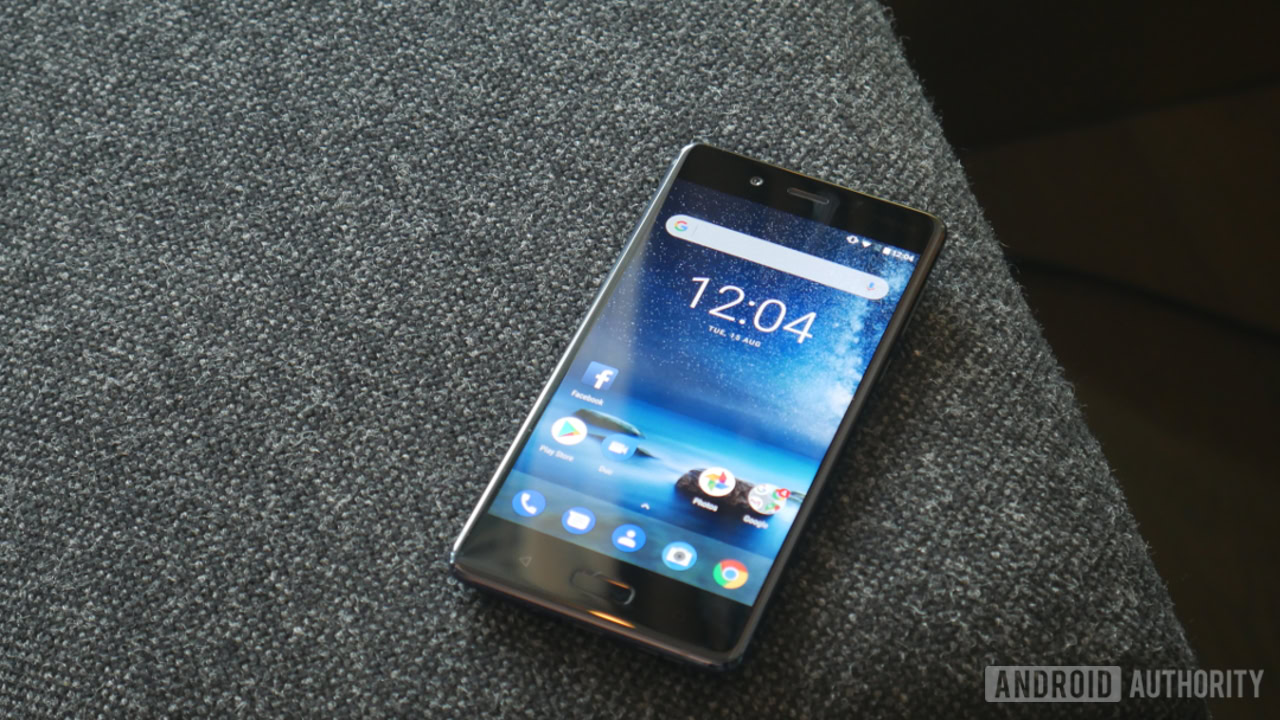
If you were underwhelmed when HMD Global, the current licensee of the Nokia brand name, revealed the first Nokia Android phone seven months ago, you’re not alone; I was too. After expecting the Nokia phones to come back with a bang, the Nokia 6 seemed to arrive with more of a fizzle.
Following the unveiling of the next two handsets, the Nokia 5 and Nokia 3, I remained unimpressed, but optimistic for better things to come. “It’s just because they aren’t proper flagships,” I told myself. “HMD Global is just getting started,” I hoped.
The company revealed its fourth Nokia-branded device on August 17, the Nokia 8, what is considered its first real flagship Android phone. It’s only now that I realize my previous concerns weren’t really to do with the specs, and, despite HMD having now announced four Nokia phones, that underwhelming feeling isn’t going away.
This time I thought: if this wasn’t a Nokia-branded phone, would it even be noteworthy?
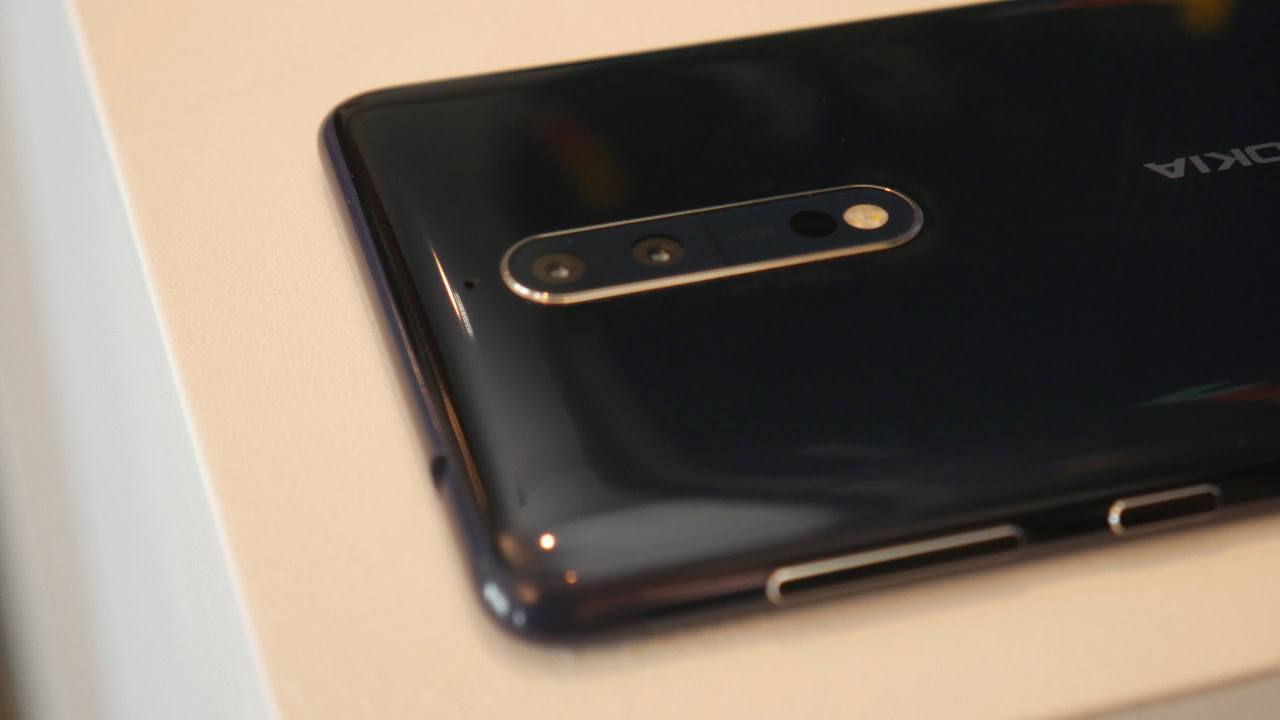
What is HMD Global doing differently?
We’ve seen phones that looked like the Nokia 8 before. Capacitive buttons, a physical home button, thick top and bottom bezels (it has a less than 70% screen to body ratio, according to GSMArena), a simple, unornamented body. Discount the dual rear cameras and it looks like a phone that could have been made five or more years ago.
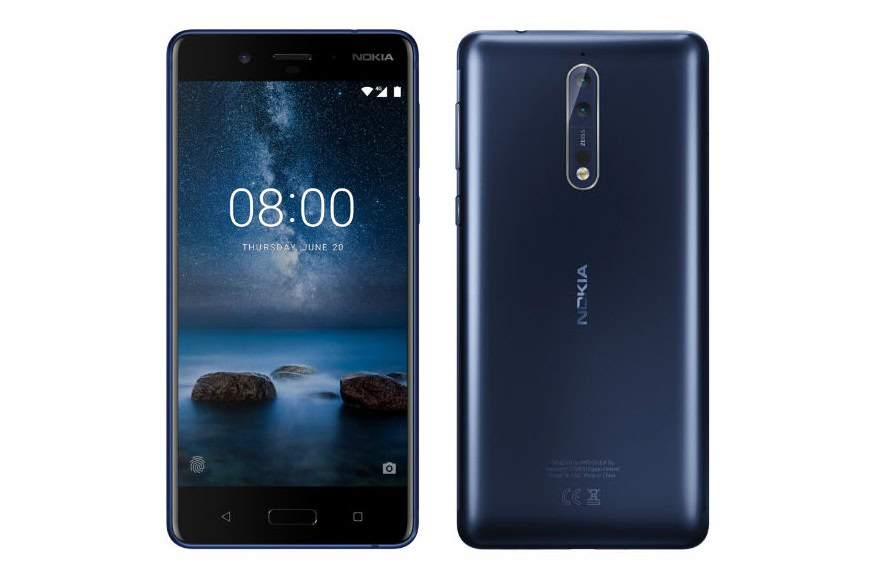
And that would be okay, other manufacturers are also still releasing phones with these attributes, but they’re becoming increasingly rare on flagships, and it means the Nokia 8 offers nothing particularly special in terms of design. It’s a similar story for the specs, the Nokia 8 might have the latest Snapdragon processor, dual cameras, 4 or 6 GB of RAM and a QHD display — but most smartphone OEMs have a phone that offers those features too.
I’m not saying that alone is unimpressive, just that it isn’t impressive enough to make the phone stand out from the competition. Smartphones that play the specs game are usually trumped within a matter of months anyway; heck, IFA 2017 in two weeks might, and by all accounts will, deliver devices with more premium specifications. For how long will we remember the Nokia 8’s specs sheet after that?
To illustrate these points further, consider what we’ve seen from another company new to the world of Android phones: Essential.
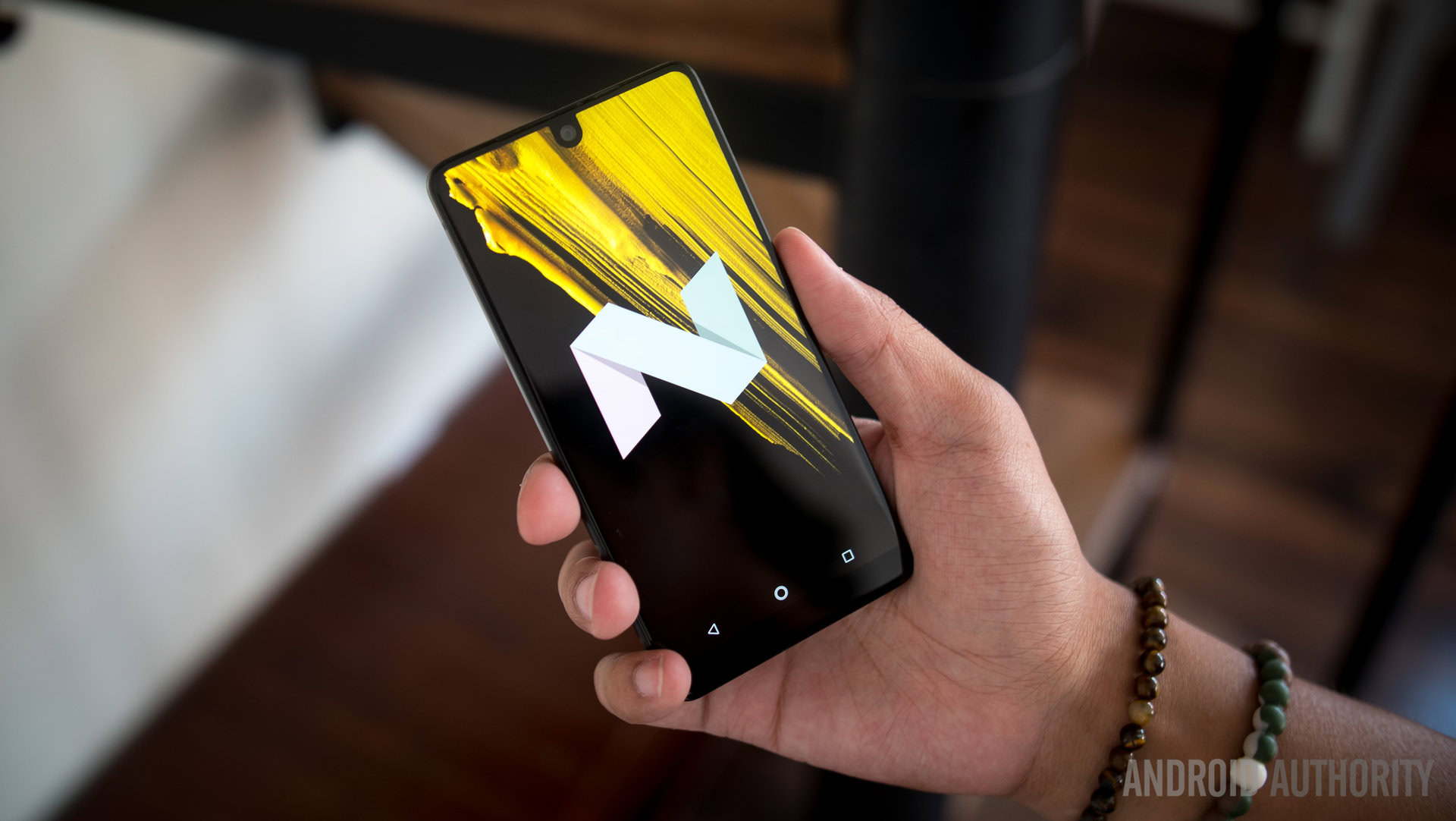
Essential hasn’t even released its first phone yet, but it has produced a more attention-grabbing prospect with one potential product than Nokia has with four. You might not even know who Essential is, but the Essential Phone (seen above and below) looks undeniably exciting. “What’s all that stuff on the back?” “Is it made from glass or metal?” “Hey, check out how the screen curves around the camera…” You get the idea.
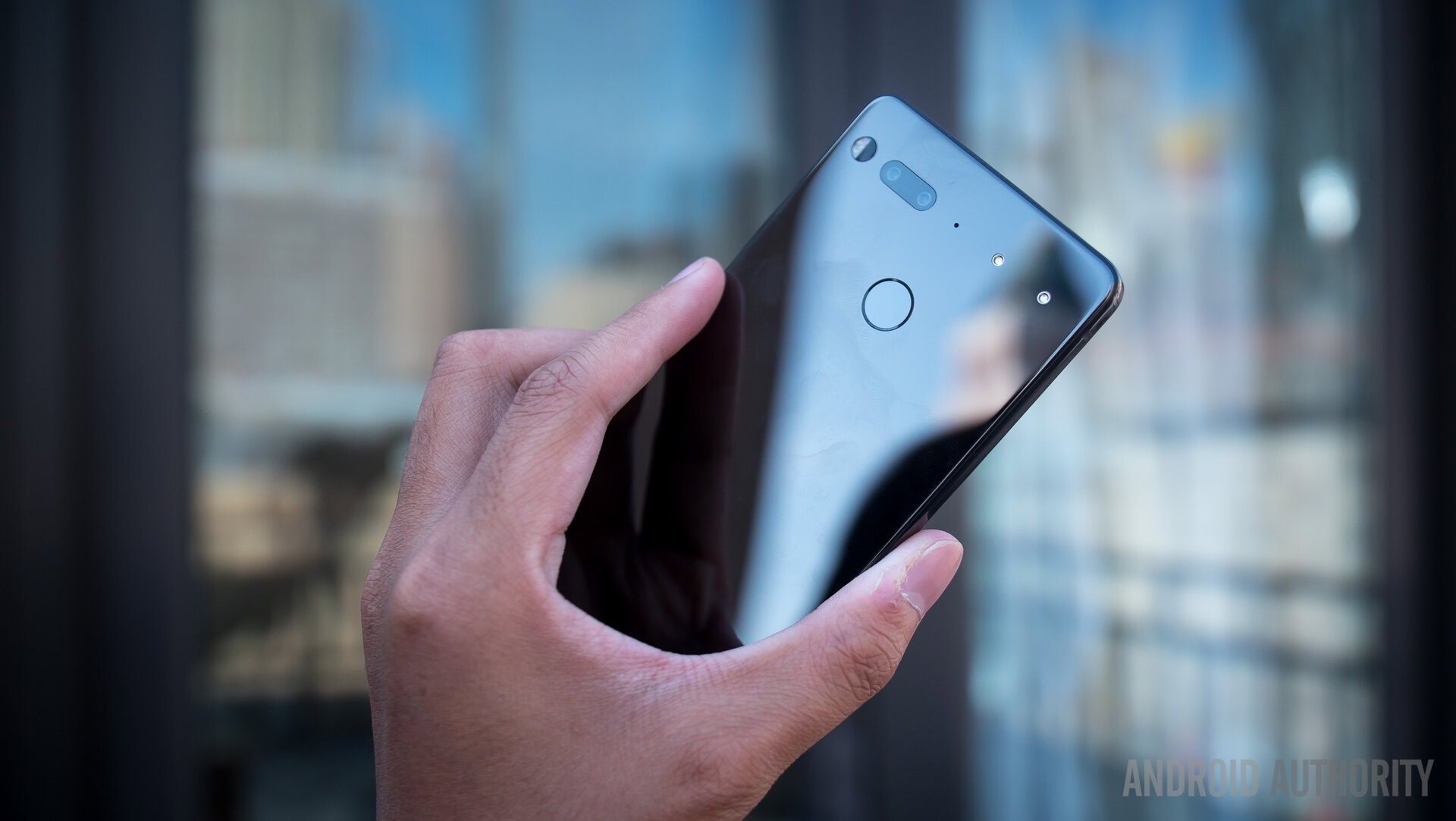
I’m not saying that Essential will release a better phone: the Nokia 8 may turn out to be a well-priced, high-performing flagship. It might turn out to be among the best phones of the year — I can’t say otherwise at this point. But I can say that the Nokia 8 is lacking personality, originality and that even its shiny copper paint job may not be enough to keep it in our thoughts for long after release.
New tricks?
The Nokia 8 does have a couple of tricks up its sleeve in terms of functionality, but these are either painfully boring or so niche as to be easily ignored. It touts an “advanced cooling” system that employs a copper pipe and graphite shielding to disperse heat more evenly throughout the phone.
This should, in theory, mean there is no noticeable hotspot on the phone when it’s under heavy loads, but it’s a solution to a problem that’s never been much of a problem: how many phones have really suffered due to having such a hotspot? (When it hasn’t been caused by an actual fault in the handset, if I must state that.)
Every phone I’ve ever used has gotten warm when charging or when playing games. It’s normal, it’s fine. HMD Global can reduce that if it wants to, but, you know, I probably wouldn’t even notice a difference.
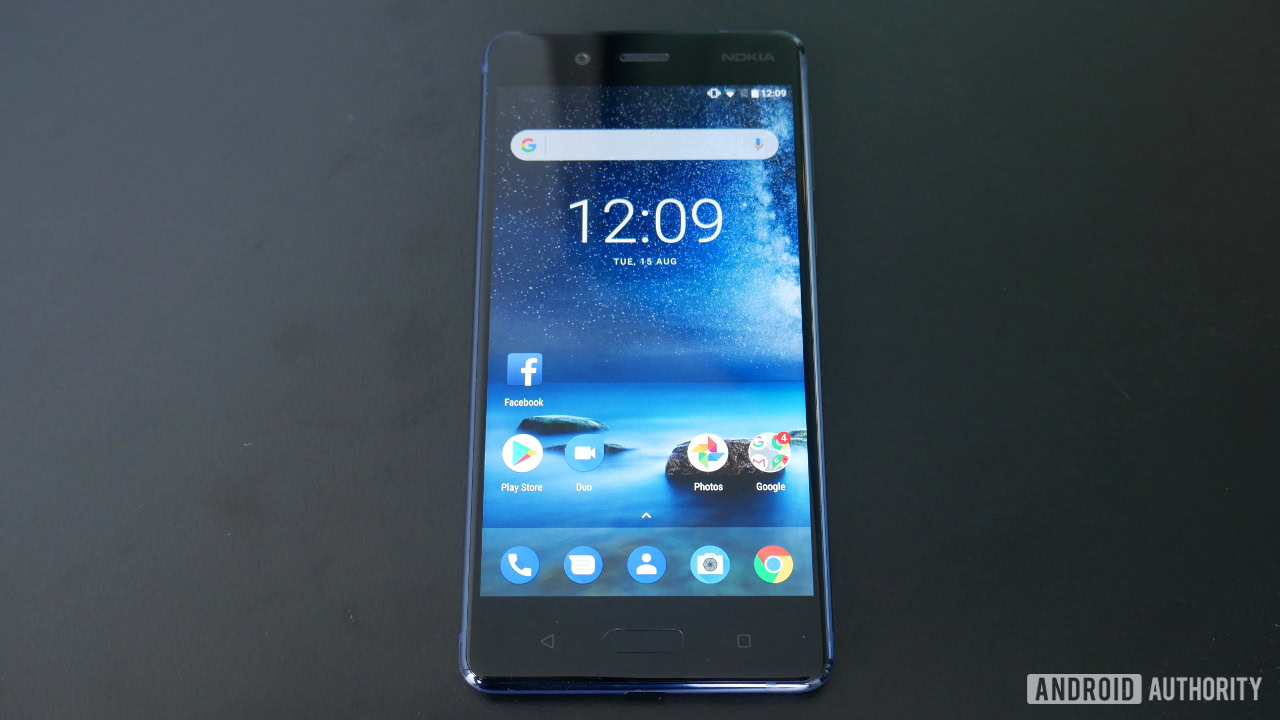
Nokia has also included its Ozo Audio solution into the Nokia 8. This is said to provide “3D capture and playback capabilities,” like you would expect with 360-degree cameras. While I can’t yet attest to the quality of recorded audio through the Nokia 8, smartphones are generally less-than-ideal devices for recording sound because they’re built to support so many other features (realistically, how important is 3D capture going to be for you anyway?). And, though it might be nice to listen to 3D sound, the number of opportunities for doing this is currently limited.
Meanwhile, the Nokia 8’s ZEISS optics — the camera tech implemented into the front and rear cameras — might make for some handsome snaps, but it’s not a world-beating feature: the HUAWEI P10, for example, also has an excellent camera aided by a famous third-party.
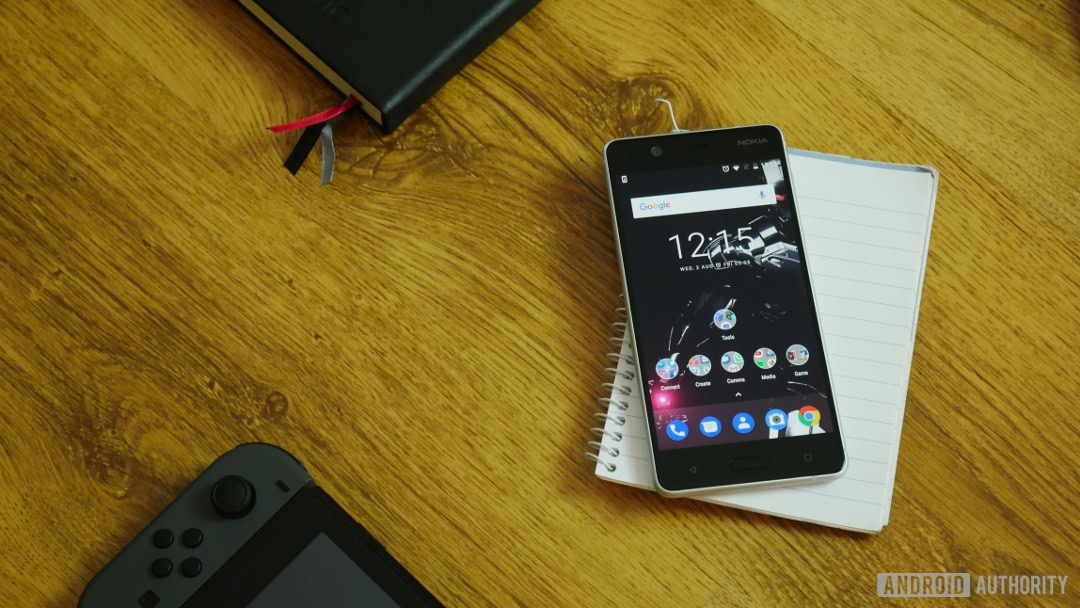
And as for the “bothie” camera feature — a system that enables cameras to take photos or shoot a video using front and rear cameras at once — my thoughts lie with Adam Sinicki’s. In our Nokia 8 hands-on, he wrote: “For a killer feature, I’m not sure that the bothie mode is really anything that couldn’t be accomplished on any other device with the right app.”
To wit, Samsung had a similar ‘bothie’ feature years ago — the Dual Camera in the Galaxy S4. But how many can remember it? It strikes me that it’s not just the bothie mode that could be achieved on another phone, but most everything the Nokia 8 offers.
Final thoughts
HMD Global is trying to revive Nokia at the wrong point in its past. Say all the team wanted to do was make a Nokia smartphone that lasted ages and was (virtually) indestructible, something like its famous Nokia 3310 from 2000. I think that could be interesting.
Instead, the brand seems stuck in its recent past where Nokia phones weren’t inventive or noteworthy: HMD Global has neither produced something completely new or something that harks back to Nokia’s most memorable period — instead the new Nokia sits awkwardly in-between. The company has gone all-in with a feature phone based on its most successful device (fair enough, worth a shot), and made something that kind of looks and sounds like a modern flagship phone, but without the sparkle.
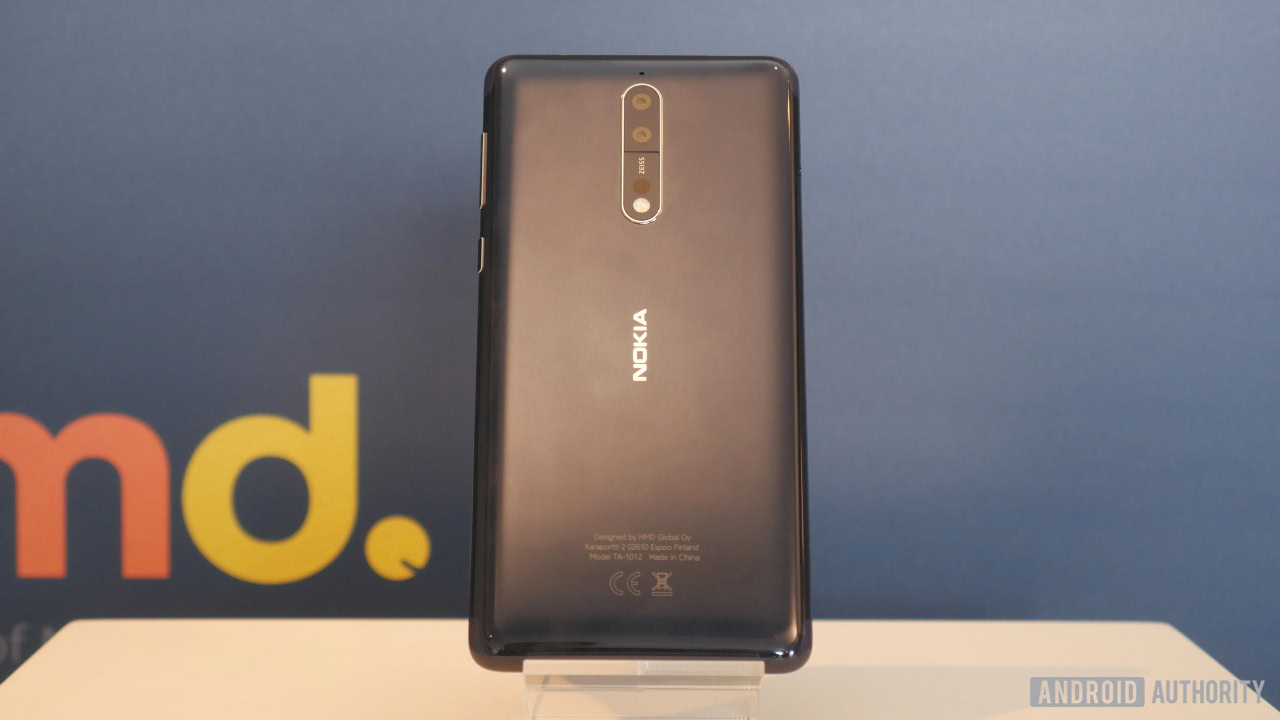
In the high-stakes, highly competitive world of smartphone development, you can’t bank on nostalgia to take you very far. This isn’t like asking consumers to pick up an Android port of a classic 90s video game, phones cost hundreds of dollars and we (often) take them very seriously — they’re a part of our daily lives. Our identity.
Ultimately, I believe HMD Global might expect more from the Nokia brand than it can really deliver. When we’re looking back at the smartphones of 2017 a few years down the line, why will the Nokia 8 be in our memory? For that matter, will it even be there at all?
Based on these first impressions, I’m not so sure, but if it is, I’d expect it to be thanks largely to the Nokia name, rather than what the device itself accomplished.
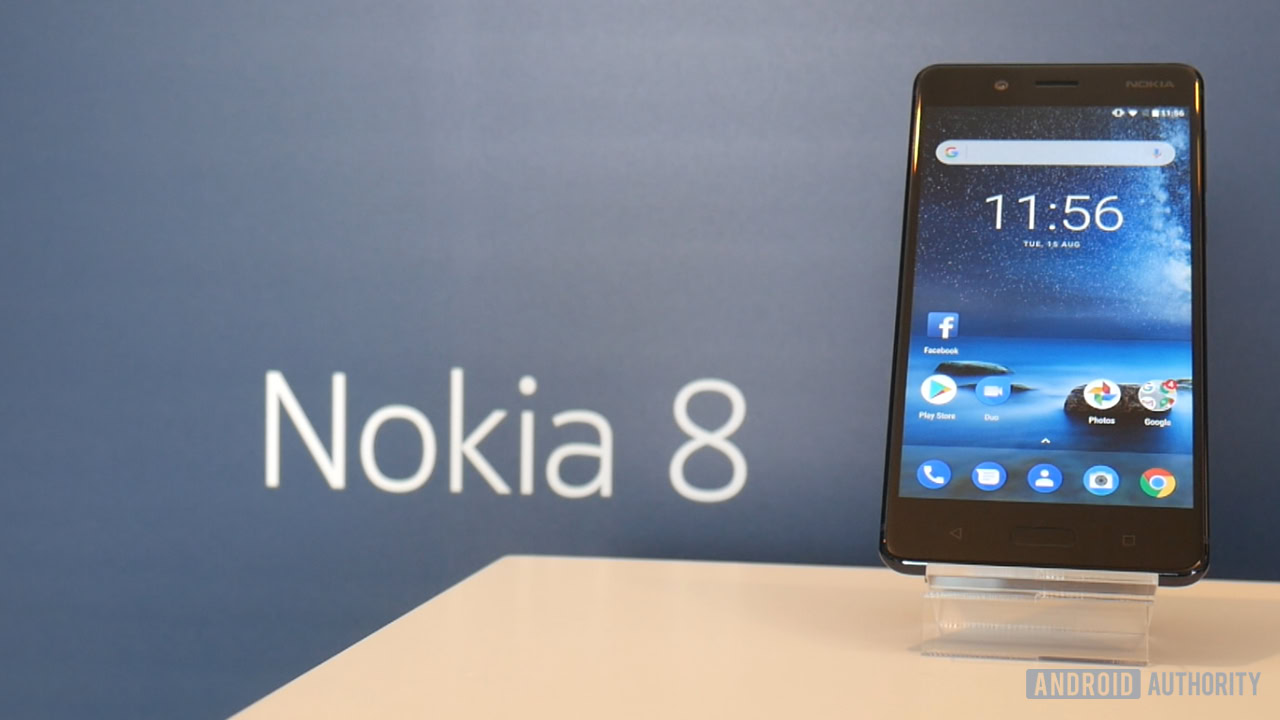
That’s my take on the Nokia 8, what’s yours? Let me know in the comments.